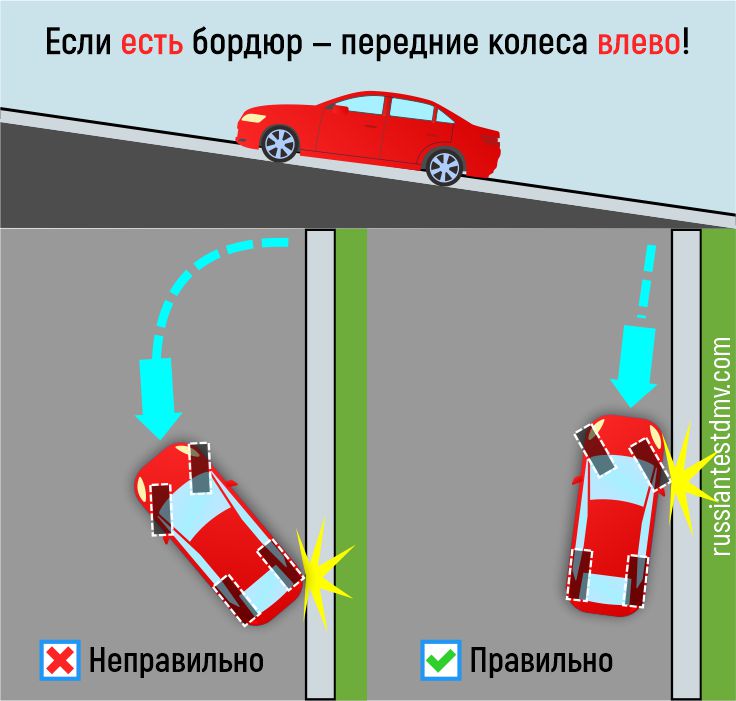
Washington State Parking Laws: Understanding the Basics
Drivers in Washington DC are responsible for ensuring that their vehicles do not pose a hazard when they drive on the roads as well as when they are parked. Whenever you park, you must make sure that the car is far enough away from the traffic lanes so that it does not interfere with the flow of traffic, and that the car is in a place where it is visible to those coming from both directions. directions. For example, you never want to park on a sharp curve.
If you do not pay attention to where you park, then you can be sure that the police will pay enough attention to it. Parking in illegal locations will result in fines and they may even decide to tow your car.
Parking Rules to Remember
It is always recommended to park in a designated parking area whenever possible. When you need to park next to a curb, make sure your wheels are no more than 12 inches from the curb. If the curb is painted white, only short stops are allowed. If they are yellow or red it means it is a loading area or there is another restriction which means you cannot park.
Drivers are prohibited from parking at intersections, pedestrian crossings and sidewalks. You cannot park within 30 feet of a traffic light, give way sign, or stop sign. Also, you may not park within the 20-foot or pedestrian safety zone. When you park in a place with fire hydrants, keep in mind that you must be at least 15 feet away from them. You must also be at least 50 feet from a railroad crossing.
If there is construction work on the road or on the side of the road, you may not park in the area if there is a possibility that your vehicle could block traffic. When parking on a street that has a fire station, you need to make sure you are at least 20 feet away from the entrance if you are parking on the same side of the street. If you are on the opposite side of the street from the entrance, you must park at least 75 meters from the entrance.
You may not park within five feet of a driveway, lane, or private road. Also, you may not park within five feet of a curb that has been removed or lowered for ease of access. You may not park on a bridge or overpass, in a tunnel or underpass.
When you park, make sure you are on the right side of the street. The only exception would be if you were on a one way street. Remember that double parking, where you park on the side of the road with another vehicle that is already parked or stopped, is illegal. The only time you can park on the side of the freeway is in an emergency. Also, do not park in handicapped spaces.
Remember these rules to avoid a fine and evacuation of the car.